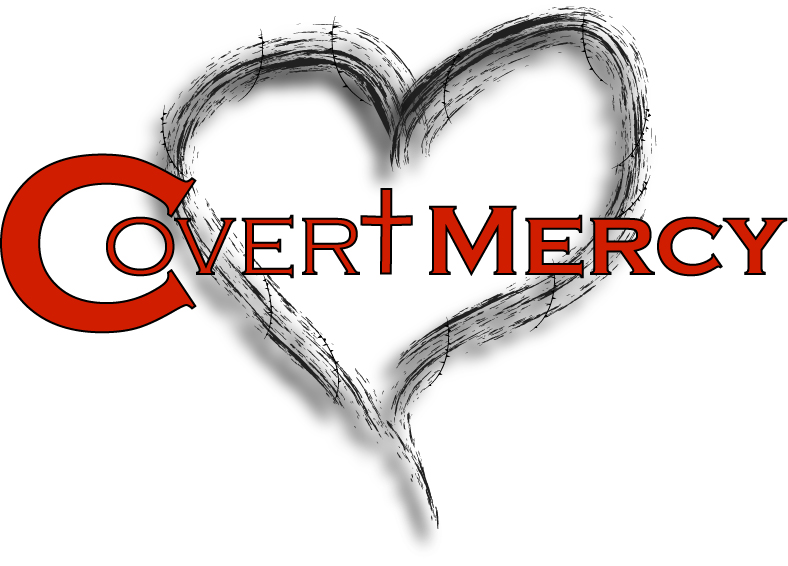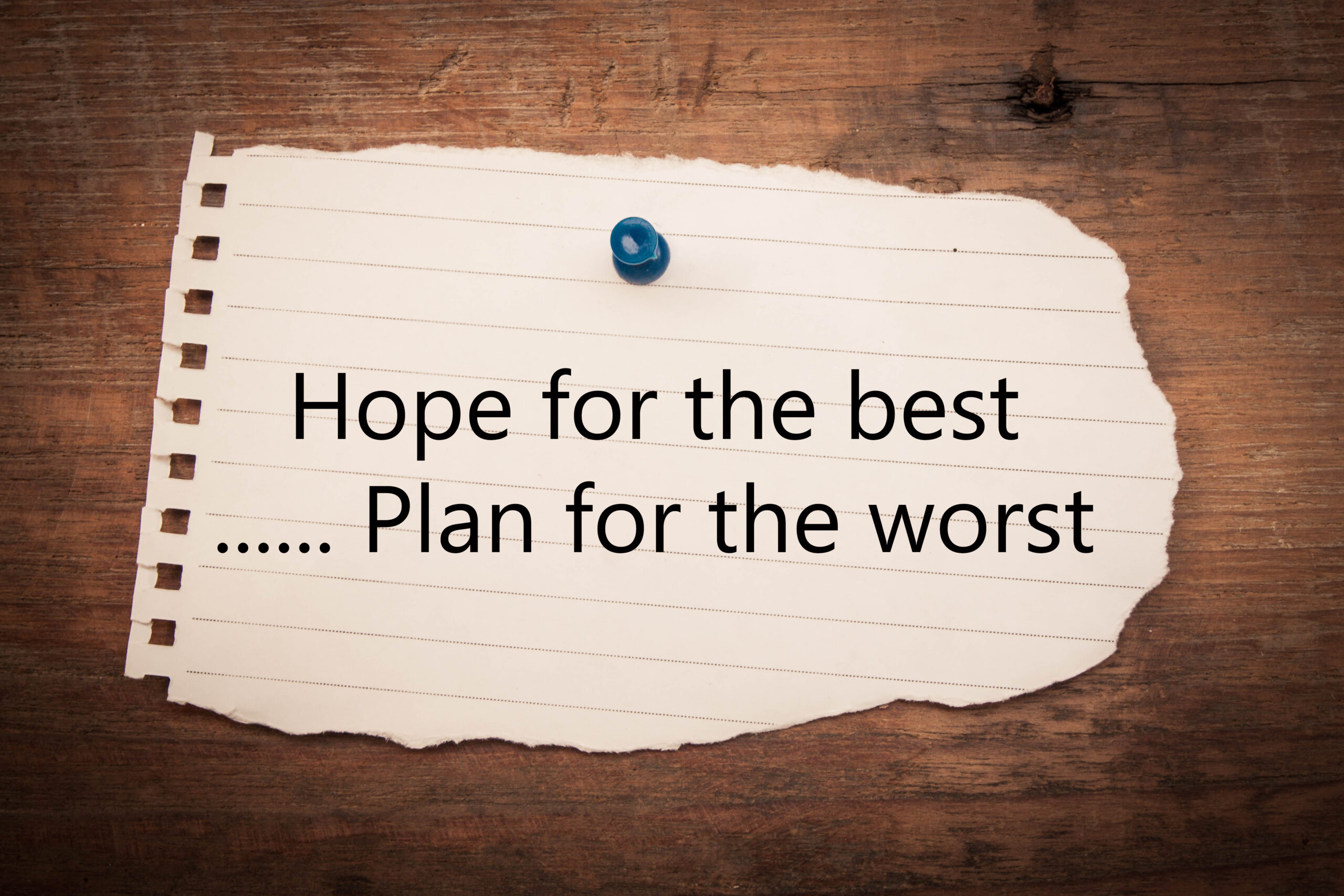Preparing Your Family for Disaster: A Guide to Safety and Peace of Mind
By John Thurman
A prudent person foresees danger and takes precautions.
The simpleton goes blindly on and suffers the consequences.
Proverbs 22:3 NLT
The Importance of Being Prepared for Disasters
Most of us don’t want to think about calamities, accidents, and disasters, much less actively prepare for them. But the truth is if we fail to plan, we put our family’s safety at risk.
Especially with the recent news about the horrific Maui fires and stories of hurricanes, floods, fires, tornadoes, and other natural and man-made disasters, we’re reminded it is essential to talk about preparation.
In my work as a contracted FEMA Stress Counselor, I have personally witnessed both the cost of a lack of preparedness and the benefit of being prepared. As of this writing, some of my New Mexico Southern Baptist Disaster Relief friends are working with property owners in Lahaina as they literally sift through the charred debris of burned homes for any salvageable memories and keepsakes.
Were You Ever a Scout?
Were you ever a Boy Scout or Girl Scout? Do you remember their motto? Be Prepared! That’s the goal of this article as well—to assist you in becoming more prepared and resilient should calamity come your way. Because I spend part of my adult life responding to local, regional, and national disasters, I want to share a few proven, helpful tools that will aid you in your own emergency planning and disaster readiness.
The scripture mentioned above provides a stern and clear warning about the importance of preparation. The need to prepare is just as much a reality today as it was when it was written. Disasters, both natural and man-made, disrupt thousands of lives each year. Each of these events has lasting effects on both people and property. Disaster specialists know that being prepared can significantly reduce fear, lower the corrosive effects of anxiety, and decrease the losses of property and life that can come with disasters.
Below, I will share four disaster preparedness tips as well as accompanying resources where you can learn more.
Before jumping in, please consider this a process, a project you and your family can do together.
Step 1: Creating a Family Emergency Plan
According to the CDC[i], only 39% of American families have discussed and developed an emergency plan.
An effective family emergency plan must include several key items, such as a family communications plan, designated meeting areas, evacuation routes, emergency contact numbers, and an emergency supply list.
- Here is the link to Make a Plan, a comprehensive government website with several planning guides.
- Here is a helpful link for animal owners: Prepare Your Pets for Disaster.
Step 2: Assembling an Emergency Kit
Remember the toilet paper shortage during COVID? That crazy time should remind us how easily disrupted our supply chain can become.
In disasters like ice storms, hurricanes, floods, and fires, getting certain supplies, equipment, groceries, or medications may be difficult. For this reason, disaster experts strongly suggest you have a robust collection of food, water, and medicine.
Depending on where you live, in addition to food, water, and medications, an emergency kit should include a good first aid kit, safety equipment (flashlights, batteries, a working, battery-powered radio), personal hygiene items, appropriate clothing, blankets, cash, and access to essential documents.
Note: Have copies of your important documents available in hard copy and cloud-based storage. You may need these for insurance and potential FEMA claims.
- Here is the link to FEMA’s How to Build a Kit for Emergencies, which will suggest how to customize your family’s emergency kit.
Step 3: Securing Your Home for Potential Disasters
Did you know there is so much more to securing your home from potential disasters than locking doors, checking windows, and having a home alarm? When we think about our homes and the possibility of a disaster, we should consider a “big picture” mindset. With that in mind, here are three questions:
First – What can I do to ensure the structural integrity of my home? Depending on where you live, you may look into installing storm shutters or other protective building products.
Second – How can I safeguard my utilities and appliances? For example, check with your local utility provider to find out how or when you need to shut off your gas, electric, or water sources during an emergency.
Third – Are my home protection measures in place? Regularly check to verify your smoke detectors, fire extinguishers, and home alarms are in working order.
In researching this article, I ran across this informative article: 21 Tips to Prepare Your Home for a Natural Disaster. Be sure to check it out.
Step 4: Educating Your Family on Emergency Procedures and Skills
Help your family understand the basic skills they need to be resilient before, during, and after a disaster. Here are just a few suggestions.
- How to call 911: Do your children know your name? Do they know your address?
- Basic first aid techniques: The internet provides many child-oriented videos that teach basic first aid. Why not take a Red Cross First Aid Course or American Red Cross First Aid for Severe Trauma Course if your children are old enough? (CPR/resuscitation techniques, wound care, etc.)
- Fire safety drills (exit strategies, fire extinguisher usage)
- Sheltering in place: Identifying a “safe room” in the home (sealing off windows/doors during certain disasters)
Proactive Steps to Keep Your Family Safe
As an adult, you are responsible for the care and safety of the people in your home. Take a few moments to review this article and choose one thing you can do this week to better prepare and protect your family in case a disaster ever appears at your door. For more recommendations, see links below.
Disasters and Your Family: Be Prepared
Military OneSource Preparing Your Family for Emergencies
[i] https://www.cdc.gov/orr/infographics/pfe-family.htm


